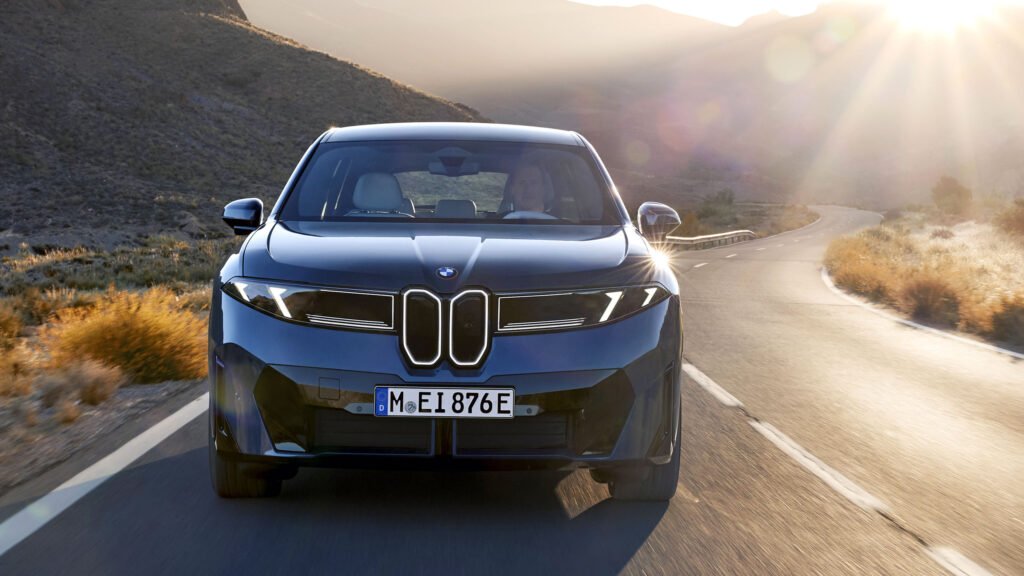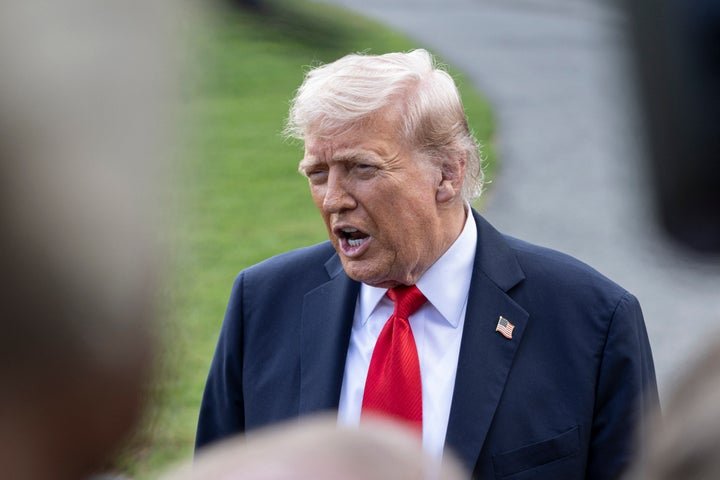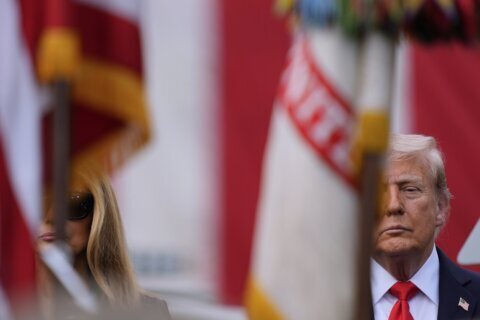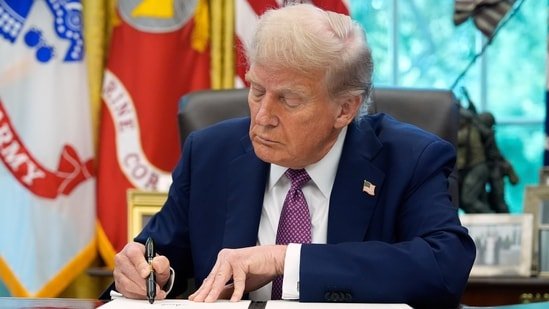Pre-order sales of Apple’s new iPhone 17 series have got off to a robust start in China, shattering previous records despite delays in the shipment of the iPhone Air.
In the first minute after pre-orders began at 8pm Friday local time, sales on JD.com – one of China’s largest online shopping platforms – surpassed the first-day pre-order volume of last year’s iPhone 16 series, according to the e-commerce operator. The standard iPhone 17 with 256GB of storage emerged as the most popular variant, JD.com said.
Those numbers excluded the iPhone Air, the company’s thinnest model ever, as its release has been postponed while Apple works with Chinese authorities to resolve regulatory issues over the use of an embedded SIM.
Do you have questions about the biggest topics and trends from around the world? Get the answers with SCMP Knowledge, our new platform of curated content with explainers, FAQs, analyses and infographics brought to you by our award-winning team.
Amid overwhelming demand for the iPhone 17 series, customers reported difficulties accessing the pre-order page on Apple’s website, according to a report on Friday from Chinese media outlet The Paper.
A billboard featuring JD.com’s logo in Beijing. Photo; Reuters alt=A billboard featuring JD.com’s logo in Beijing. Photo; Reuters>
One customer, who successfully secured a new handset for delivery on the September 19 launch date, said it took five minutes for the site to process payments. All time slots for picking up the iPhone 17 Pro Max in person at launch from Apple outlets in Shanghai were booked within 20 minutes.
As of Saturday morning, anyone in Guangzhou, Guangdong province, looking to buy any variant of the iPhone 17 series faced a waiting period extending to October 15, Apple’s website showed.
The high demand underscores Apple’s strong brand loyalty in China and the appeal of the latest generation of iPhones, despite growing competition in the premium smartphone segment from local competitors like Huawei Technologies, according to analysts.
“Apple has astutely segmented its product line-up, ensuring each model appeals to distinct user needs,” said Nabila Popal, senior research director at market research firm IDC. “Collectively, these devices will drive a robust wave of new purchases for the company.”
Earlier this month, consultancy TrendForce projected that global shipments of the iPhone 17 series would be 3.5 per cent higher than those of last year’s iPhone 16 line-up, with the Pro series remaining the primary sales driver.
The iPhone Air, which replaced the Plus model in this year’s launch, is expected to sell even better. IDC anticipated that the iPhone Air would contribute to well over 5 to 7 per cent of Apple’s global shipments of its Plus models.
Still, the US tech giant faces strong competition from local brands in the Chinese market. Domestic rivals, especially Huawei, are set to aggressively target the high-end segment at Apple’s expense, according to Counterpoint Research senior analyst Ivan Lam.
In the second half of 2025, “iPhone sales in China will stumble amid weak consumer spending … and tepid iPhone 17 upgrades won’t spark demand”, he said in July.
Just days before Apple unveiled the iPhone 17 on Tuesday, Huawei introduced its latest flagship device, a second-generation trifold smartphone, while Xiaomi moved up its Xiaomi 16 launch, originally scheduled for October, to late September.
This article originally appeared in the South China Morning Post (SCMP), the most authoritative voice reporting on China and Asia for more than a century. For more SCMP stories, please explore the SCMP app or visit the SCMP’s Facebook and Twitter pages. Copyright © 2025 South China Morning Post Publishers Ltd. All rights reserved.
Copyright (c) 2025. South China Morning Post Publishers Ltd. All rights reserved.







